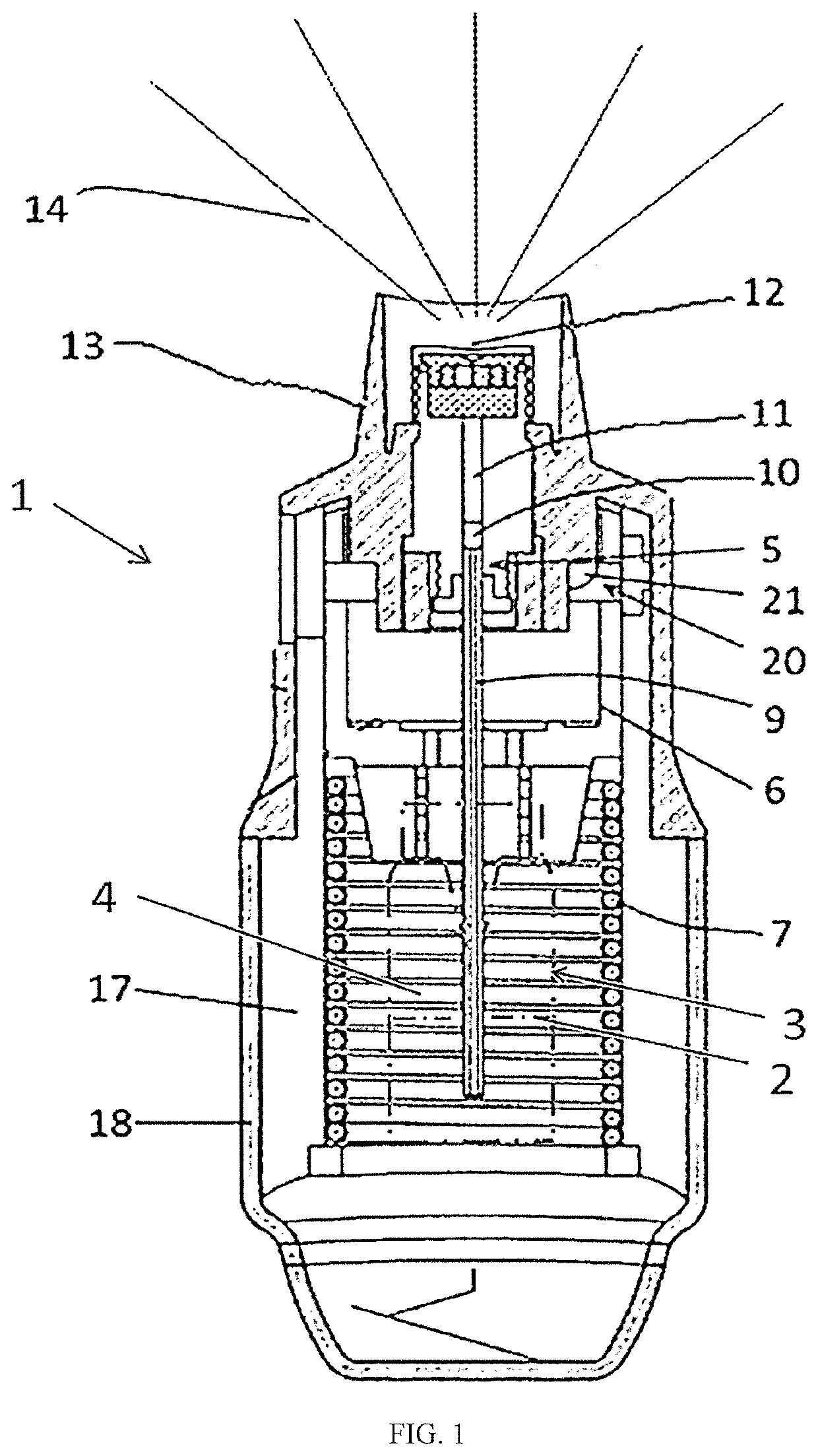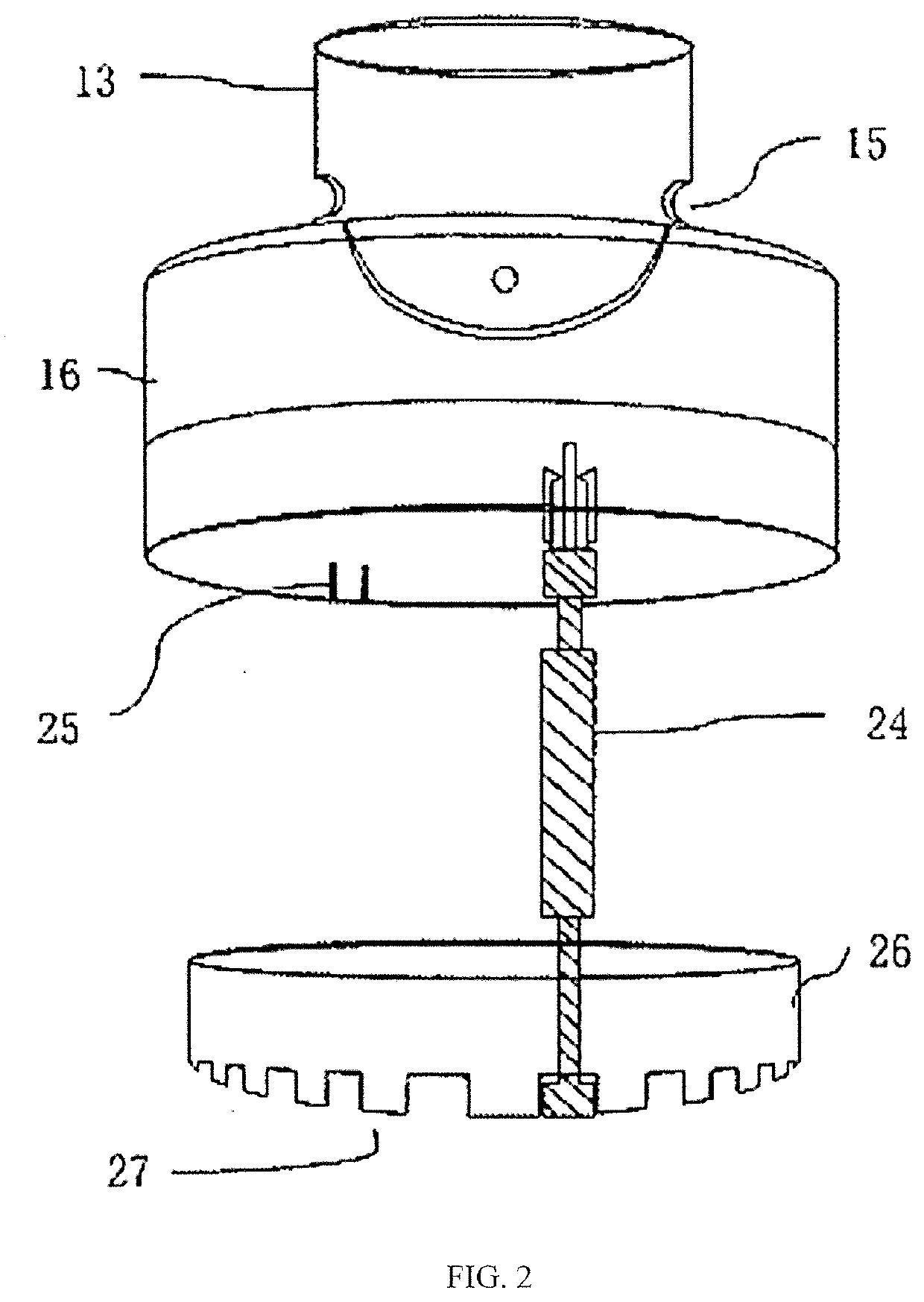Biopharmaceutical formulation of Anti-pd-1, Anti-pd-l1, and Anti-vegfr therapeutic monoclonal antibodies and method for treating nsclc by inhalation
a technology of monoclonal antibodies and biopharmaceuticals, which is applied in the direction of antibody medical ingredients, inorganic non-active ingredients, dispersed delivery, etc., can solve the problems of inability to improve cure rates or survival, debilitating and life-threatening toxicities in patients, and achieve any substantial loss of activity
- Summary
- Abstract
- Description
- Claims
- Application Information
AI Technical Summary
Benefits of technology
Problems solved by technology
Method used
Image
Examples
example 1
[0104]A formulation of an aqueous solution containing a programmed cell death receptor-1 blocking therapeutic antibody as an active ingredient for soft mist inhaler and / or nebulizer was mixed and formulated with excipients listed in Table 1. Stock solutions of excipients are prepared in 10-50 times higher concentration prior to preparing the bio-formulation with the therapeutic monoclonal antibody to bring it to the desired concentration.
TABLE 1Formulation ingredient contents of Sample I and Sample II Ingredients Sample I Sample IIProgrammed cell death receptor-1 50 mg 100 mg (PD-1) blocking antibody (Pembrolizumab) L-histidine 3.1 mg 6.2 mg Polysorbate 80 0.4 mg 0.8 mg Sucrose 140 mg 280 mg pH 5.5 5.5 Water for injection 5 ml 5 ml
example 2
[0105]A formulation of an aqueous solution containing a programmed cell death ligand-1 blocking therapeutic antibody as an active ingredient for soft mist inhaler and / or nebulizer was mixed and formulated with excipients listed in Table 2. Stock solutions of excipients are prepared in 10-50 times higher concentration prior to preparing the bio-formulation with the therapeutic monoclonal antibody to bring it to the desired concentration.
TABLE 2Formulation ingredient contents of Sample III, Sample IV and Sample V Ingredients Sample III Sample IV Sample VProgrammed cell death ligand-1 75 mg 150 mg 300 mg (PD-L1) blocking antibody (Atezolizumab) L-histidine 77.5 mg 155 mg 310 mg Polysorbate 20 10 mg 20 mg 40 mg Sucrose 1027 mg 2054 mg 4108 mg Glacial acetic acid 20.625 mg 41.25 mg 82.8 mg pH 5.8 5.8 5.8 Water for injection 5 ml 5 ml 5 ml
example 3
[0106]A formulation of an aqueous solution containing a programmed cell death receptor-1 blocking therapeutic antibody as an active ingredient for soft mist inhaler and / or nebulizer was mixed and formulated with excipients listed in Table 3. Stock solutions of excipients are prepared in 10-50 times higher concentration prior to preparing the bio-formulation with the therapeutic monoclonal antibody to bring it to the desired concentration.
TABLE 3Formulation ingredient contents of Sample VI and Sample VII Ingredients Sample VI Sample VIIProgrammed cell death receptor-1 25 mg 50 mg (PD-1) blocking antibody (Nivolumab) Mannitol 75 mg 150 mg Sodium chloride 7.3 mg 14.6 mg Polysorbate 80 0.5 mg 1 mg Sodium citrate dihydrate 14.7 mg 29.4 mg Pentetic acid 0.02 mg 0.04 mg pH 6 6 Water for injection USP 5 ml 5 ml
PUM
| Property | Measurement | Unit |
|---|---|---|
| concentration | aaaaa | aaaaa |
| concentration | aaaaa | aaaaa |
| storage temperature | aaaaa | aaaaa |
Abstract
Description
Claims
Application Information
 Login to View More
Login to View More - R&D
- Intellectual Property
- Life Sciences
- Materials
- Tech Scout
- Unparalleled Data Quality
- Higher Quality Content
- 60% Fewer Hallucinations
Browse by: Latest US Patents, China's latest patents, Technical Efficacy Thesaurus, Application Domain, Technology Topic, Popular Technical Reports.
© 2025 PatSnap. All rights reserved.Legal|Privacy policy|Modern Slavery Act Transparency Statement|Sitemap|About US| Contact US: help@patsnap.com


